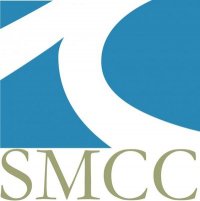Below is a summary of the abstract you submitted. Presenting author(s) is shown in bold.
If any changes need to be made, you can modify the abstract or change the authors.
You can also download a .docx version of this abstract.
If there are any problems, please email Dan at dar78@pitt.edu and he'll take care of them!
This abstract was last modified on March 15, 2021 at 8:47 a.m..

Marine phage are the most abundant predators in the marine environment with an average number of 10^7 phage per ml of sea water (Rohwer et al. 2014). Marine phage are important in marine biogeochemical cycles, plankton blooms and lateral transfer of DNA (Paul et al. 2002). Phage hunting students at Southern Maine Community College (SMCC) isolated a marine host, Microbacterium sp.) from inshore marine sediments and have used it to isolate a marine phage, Gardevoir. Gardevoir was isolated from a biofilm on a marine sponge. SMCC students also isolated a terrestrial phage, Seawolves, that infects Microbacterium foliorum which is not known to be marine. Both hosts can be grown under similar conditions although the marine host grows better in a salt water medium. Both phage are in cluster EE and, as is common in this cluster, show a high degree of homology with other EE phage. Are Gardevoir and Seawolves really the same phage and can terrestrial and marine phage withstand differing osmotic pressures? These questions suggest some interesting experiments which another virus, Sars Cov-2, has put on hold. In the meantime we have used a bioinformatics approach to compare the genomes of these two phage. Comparison of the two genomes reveals 44 single nucleotide substitutions between the two phage. In addition, gp4, a portal gene, is called with different starts resulting in significantly different lengths. Plaque morphology of Gardevoir suggests a possible temperate lifestyle although with the exception of gp21 and 22, possible repressors, genes associated with lysogeny have not been found. We hope to experiment with host specificity and culture conditions when it is safe to return to the lab.
